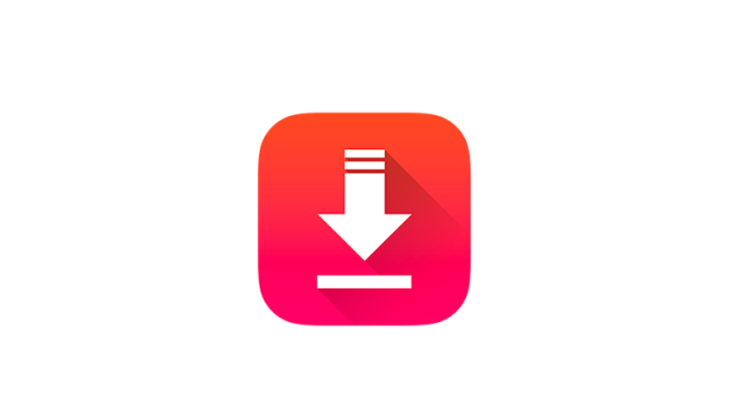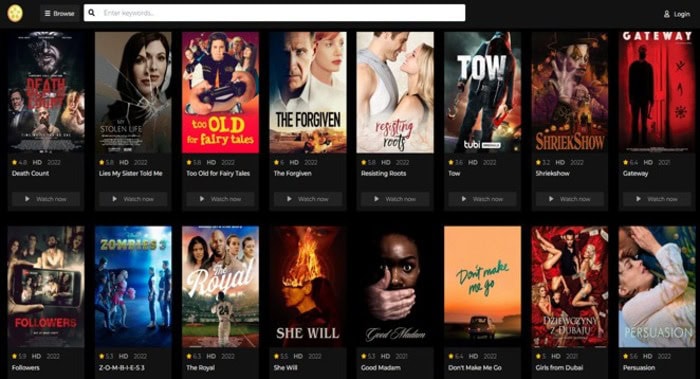
Businesses across domains are now willing to record the interaction of users with their services or products to identify patterns and trends. Appropriate business decisions can be made, and insights into their respective target markets are gained by doing so. It improves their overall performance and propels them toward success. Exploring this invaluable data regarding user interaction is known as data visualization in business intelligence.
What’s Data Visualization?
The presentation of raw data through graphical figures takes the form of data visualization. It allows executives and business analysts to uncover deep insights by exploring the data. Since data visualization techniques make it easier for viewers to comprehend information by using visuals instead of raw reports, it enables one to make effective decisions quickly.
According to market reports, small and medium-sized businesses are now fueling data visualization’s adoption. Big player companies, however, have already been attracting its limelight for quite some time. The benefits that data visualization brings are the reason for this. They hold the potential to solve some pivotal business issues.
The Benefits Of Utilizing Data Visualization
Through visualization, humans grasp information more easily. It helps to effectively convey a story to decision-makers in a business context. Visualization allows executives to act faster than if important sets of data were presented as reports. Decisions makers can discover the questions they must be asking to reach greater heights by interacting with the data through widgets. The benefits of data visualization listed below prove its importance.
-
Provides Quick, Clear Understanding Of Any Information
Thanks to graphic representations, data visualization provides a quick, clear understanding of any data to viewers. The audience can comprehend the information better and draw insights and conclusions more effectively since data visualization allows them to visualize large volumes of information in a coherent and understandable way. It helps business owners save time while solving problems more efficiently.
-
Allows Business Leaders To Act Upon Information More Rapidly
Compared to written information, visual information can be processed far more easily by the human brain. Faster comprehension of relationships results from the use of a graph or chart to summarize complex data than cluttered spreadsheets or reports.
Data visualization allows business leaders to interpret and act on the information faster by providing a much clearer form of communication. Tools for data visualization can provide real-time data that’s easier to evaluate across the enterprise by stakeholders. In any industry, embracing technology, particularly data visualization tools, strengthen decision-making. It’s essential since quicker identification of new opportunities and faster responses to market changes serve as a competitive business advantage.
-
Reveals Significant Patterns And Trends
When it comes to the identification of patterns and trends, data visualization is one highly useful tool. It’s crucial for organizations to be aware of trends and patterns for them to survive. Data visualization reveals internal trends that can spell the difference between maximized gains and increased losses.
Rather than relying on hard facts, organizations make business decisions based on assumptions in the absence of trend and pattern data. That’s because they operate metaphorically in the dark. In contrast, the use of data visualization techniques brings patterns and trends under the shadows of untapped data to the light of day so that they can be acted upon by the decision-makers of an enterprise.
-
Helps Identify Any Errors Quickly
Errors in the data can be quickly identified with the help of data visualization. It helps in identifying erroneous information sooner. That means if the data suggests the wrong actions, it can be removed from the analysis.
-
Enables Identification Of Relationships Within Digital Assets
The visualization of different sets of data gives organizations a competitive advantage in terms of factors that may help solve larger problems and may be affecting product quality. It becomes possible since data visualization enables companies to identify relationships within their digital assets.
-
Communicates Findings Constructively
The senior management of a company often receives business reports that take the form of formalized documents. They’re inflated with a variety of chart types and statistic tables. However, these documents often fail to make information memorable and vibrant for those people whose opinions matter most because of being so elaborate.
The use of visualization tools produces reports that encapsulate complex information on market and operational conditions in a single or brief series of graphics. Through new visualizations and interactive elements, such as fever charts and heat maps, decision-makers can easily interpret varying data sources. Busy executives and business partners become engaged and informed on problems and pending initiatives with the help of rich but meaningful graphics.
-
Helps In Attaining An Accurate Analysis Of Customer Sentiment
Data visualization comes in handy when launching new services to customers since it helps companies in attaining a deeper dive into the sentiments of customers and other related data. Accurate sentiment analysis reveals emerging opportunities that enterprises can act on immediately to stay ahead of rivals.
-
Enables Direct Interaction With Data
One of data visualization’s greatest strengths is its ability to bring actionable insights to the surface. It enables businesses to manipulate their data in a direct manner. Interaction with data is possible, unlike one-dimensional charts and tables that can only be viewed.
-
Increases Productivity And Sales
Real results are produced when data are visualized. A company achieves greater efficiency because of the time saved when creating up-to-date reports. There’s a reported 28% increase in the likeliness of businesses to find timely information when using visual data discovery tools than when only relying on dashboards and managed reporting. Forty-eight percent of business intelligence users at organizations with visual discovery are also able to discover needed information without assistance from IT staff, according to the same study.
Conclusion
The importance of visualizing data is growing exponentially because of the ever-increasing role that big data play in business decisions.
Companies can tap into their data’s true potential with the help of data visualization tools. They can perform activities, run processes, and implement campaigns that rely on data quickly, efficiently, and more effectively. It results in enhanced speed and quality of decision-making processes, as well as measurable increases in efficiency and productivity.



